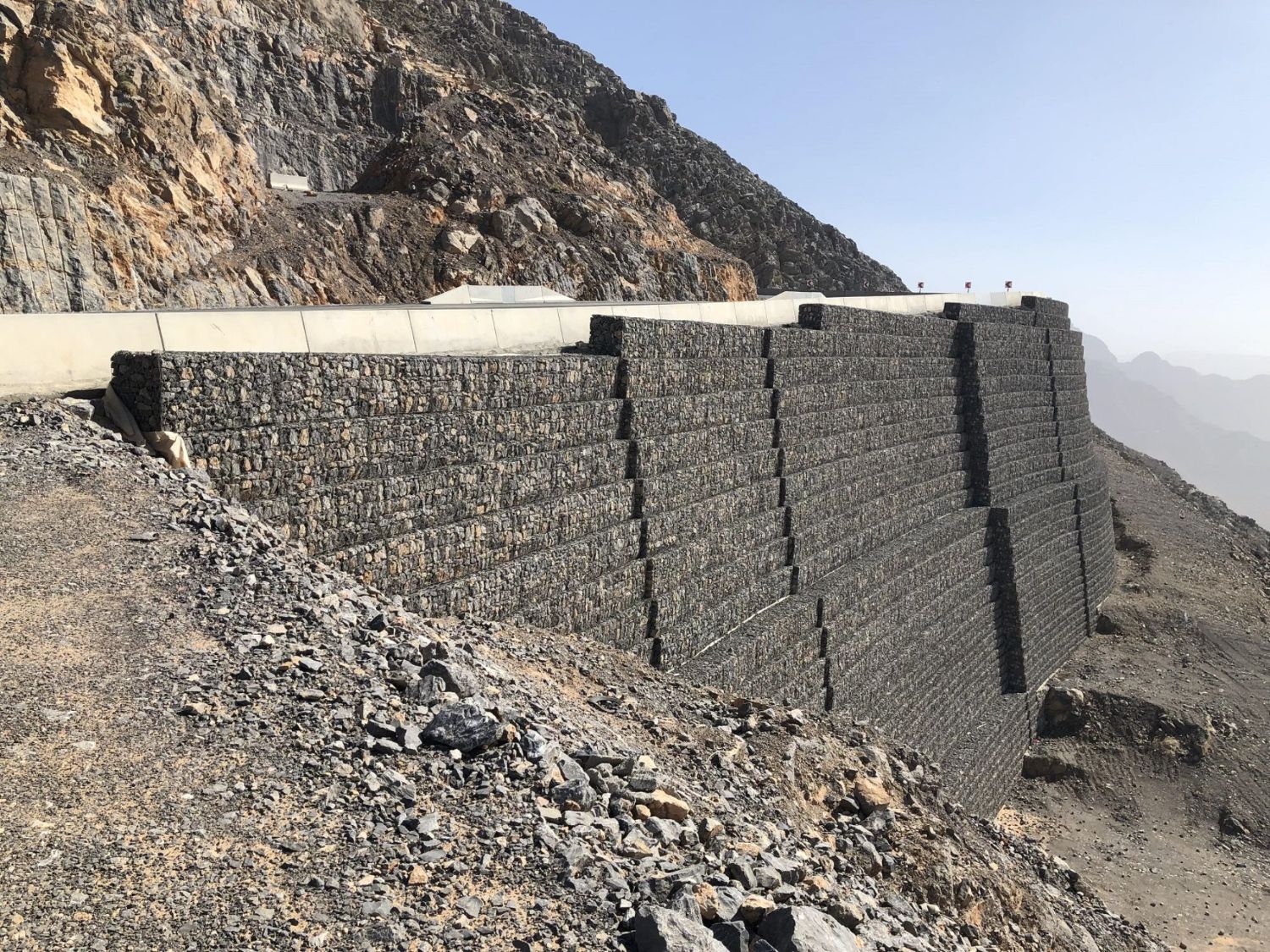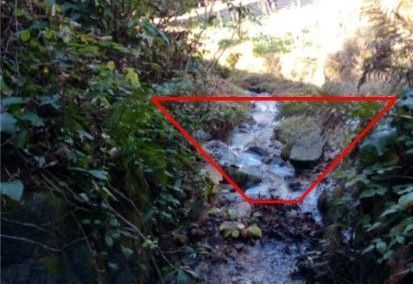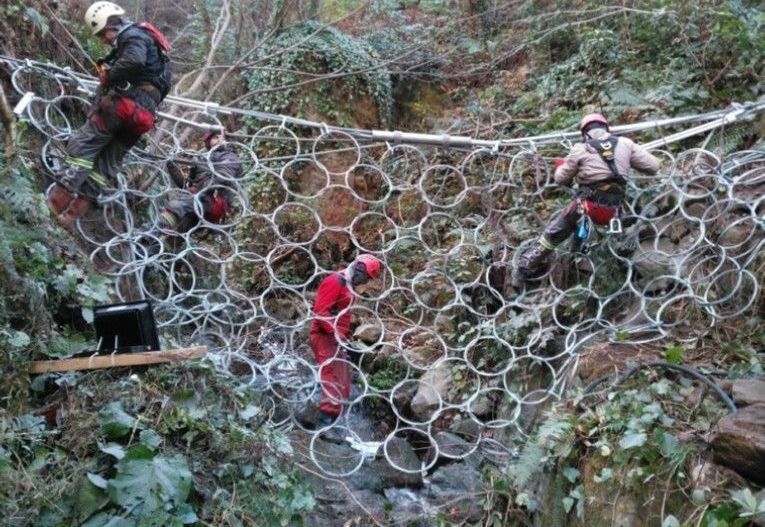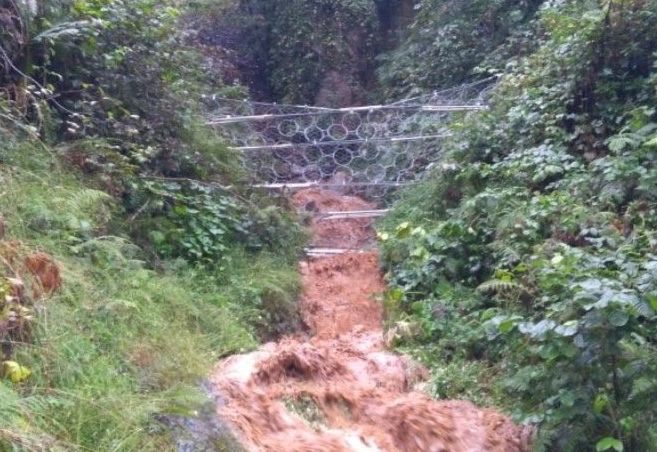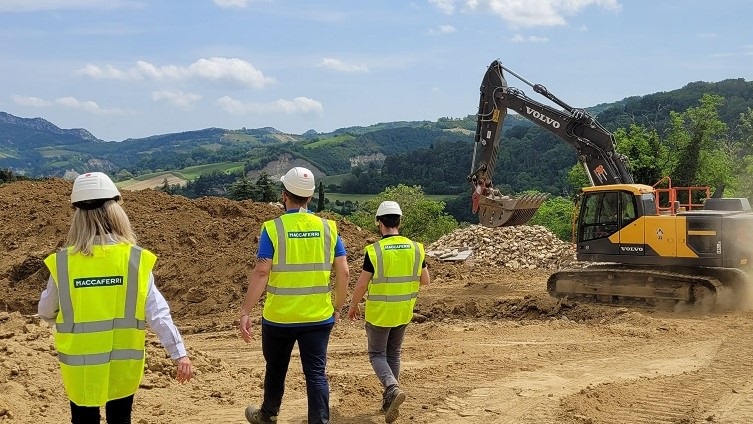Debris Flow Barriers
2020
RIZE - KARADENİZ - Turkey
DSİ 22. BÖLGE MÜDÜRLÜĞÜ
DEBRIS FLOW APPLICATION
Problem
Turkey experiences most of its avalanches and debris flows in the northeast part of Anatolia, a region replete with mountains, valleys and rivers. These events of nature interrupt transportation and communication lines, let alone their potentially deadly impact on life and loss of property. Contributing to their frequency is land use in the forms of new roads and railways, new residential developments and the expansion of arable farming lands, in addition to the effects of climate, geology and hydrology. The denuding of forested areas for human purposes exposes soils to nature’s elements triggering sliding movements of soil pulled by gravity downward seeking equilibrium. Particularly troublesome are steep slopes with high permeability and water volume discharge rates. Deposits form by debris particles moving down the slope. In some cases the speed of this movement can be so slow as to be almost imperceptible. Additionally, water seeping into the deposits freezes and thaws during winter months being finally released from this cycle in Spring. This freezing and thawing of water expands and contracts the deposits generating weathering particles that travel down the stream bed with the effect of gravity. The mass of the debris material in the flows can move from 8-10 cm to several meters per event. Moreover, highways and railways in slope areas particularly prone to debris flows experience flooding, mudslides and wash outs.
Çözüm
As debris flow barriers made of steel with an advanced energy disapation braking system are new to Turkey, a test site was chosen by the authorities in the Guneysu district of the Rize province in a tributary of the Potomya River In Bashkoy. Regarding calculations, the barrier was installed in a trapezoidal-shaped stream bed; the barrier has a height of 3 m, 9 m across the top and 3 m at the base with a resistance of 160 kPa. The test area was chosen after considering many criteria such as geological conditions, optimum anchorage location and site accessibility. The tributary runs seasonally through a culvert under a transversing footpath before joining a larger tributary downstream. The debris flow barrier is located 30 m.
Used Products
